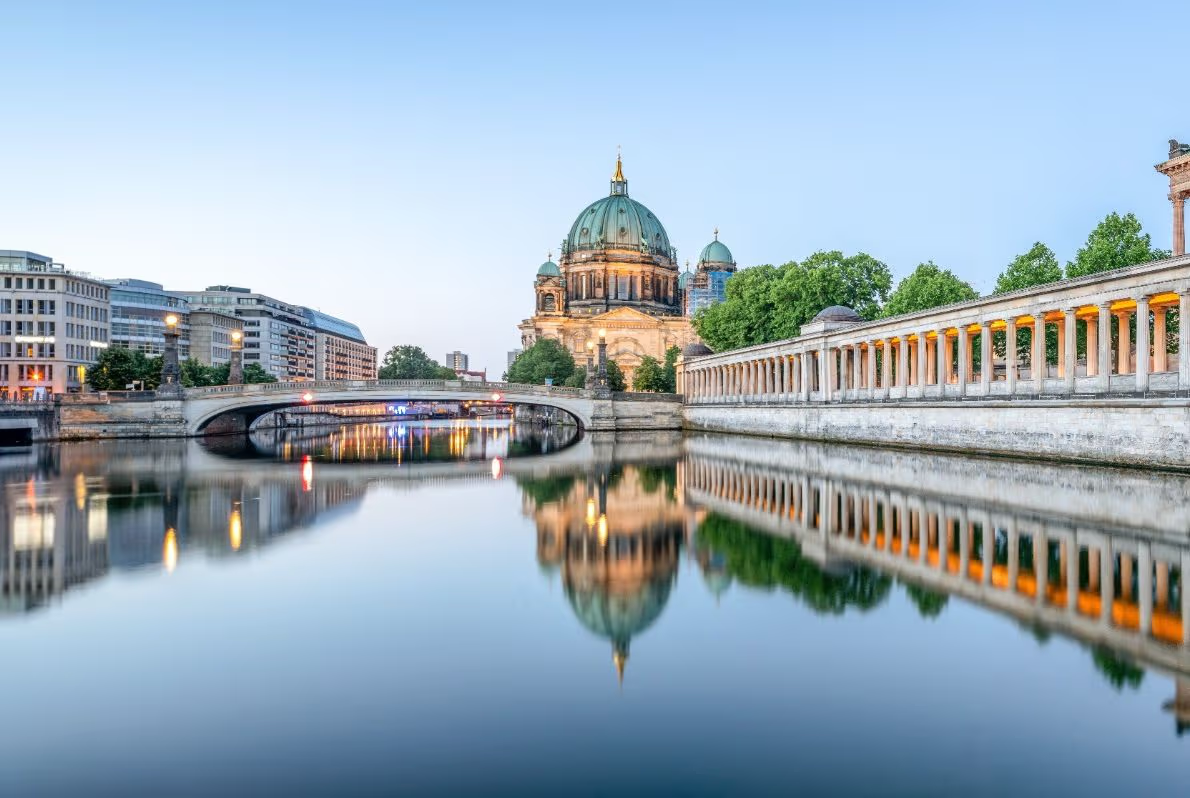Vienna’s Christmas Markets
Vienna Christmas markets In mid-November, Vienna becomes a holiday snow globe filled with small markets all over the city where you can warn yourself with Glühwein (mulled wine), pretzels, langos (a bread topped with melted cheese and garlic), and crepes while shopping for holiday gifts from local craftspeople and food vendors. Many of the markets are in beautifully decorated squares with historic buildings as their backdrop—perfect for those holiday photos. The holiday season kicks off in mid-November and closes in late December. Start/end dates and times vary by market, but they are typically open from about 10AM-10PM on most days. For the lightest crowds, go to midday; the markets get a bit more crowded as the sun goes down. Each market has its unique feel and offerings, so we had quite the adventure going from one to the next over a few days. Each market typically also sells a commemorative mug for the year so you can pick up one from your favorite market or all of them, for a unique and useful souvenir. As you wander the city from market to market, you’ll notice that just walking the streets of Vienna is magical during this time of year with holiday lights in abundance. The largest of the markets is the Christkindlmarkt (Viennese Dream Market) on Rathausplatz, yet I also love to head to the holiday markets at Stephensplatz, Maria Theresien Square, Schönbrunn Palace, and the Belvedere Palace for their spectacular settings. I’ve added a few more markets with a twist to end of this list—and even then it is not inclusive of all the Christmas market areas in Vienna. There are many smaller markets throughout the city. Let’s dive in to Vienna’s Holiday market wonderland: Christkindlmarkt On Rathausplatz next to Vienna’s City Hall is the largest of all the holiday markets in Vienna—the “Vienna Dream” or “Christkindlmarkt” is huge—but don’t worry, they put out an online map each year so you know how to find everything. The market comes with fairground rides like a Ferris wheel and two merry-go-rounds to keep the kids entertained and a romantic touch as well, with the “Herzlbaum,” a tree adorned with red heart lights (the scene of a million Instagram shots). Or rent some skates and follow the ice trail through the trees. When you return from that adventure, grab a cup of hot mulled wine or creamy hot chocolate, and start your stroll up and down all of the vendor stalls. Support your local artists by bringing home some one-of-a-kind gifts. The booths are filled with all sorts of unique items—including some delicious gingerbread, decorated ornaments, and functional pottery and woodwork. If you need a break from shopping, take a ride on the Ferris wheel (yes, you can bring your mulled wine onboard), or admire the neo-gothic architecture of the City Hall building. The entire scene is quite magical. Stephensplatz market, in the square next to St. Stephen’s Cathedral, is a beautiful way to start your market experience. The cathedral, lit in colors for the season, and all of the decorated stalls selling gifts, ornaments, jewelry, ceramics, and of course great food and drink options, make the perfect Christmas card environment—especially at night when it is all illuminated. Maria Theresien Square Market: with more gorgeous buildings as the backdrop, this time the Kunsthistoriches and Naturhistorisches museums, the Museum of Art History, and Museum of Natural History respectively, this is another picture-perfect setting. Don’t get so wrapped up in the holiday magic that you miss visiting the museums. In the art museum, the Picture Gallery boasts works by European masters such as Raphael, Vermeer, Velázquez, Rembrandt, and perhaps most famously, Bruegel’s collection, including the iconic “Tower of Babel.” But the museum’s wonders don’t stop at paintings; it also houses the Egyptian and Near Eastern Collection, the Collection of Greek and Roman Antiquities, and the Coin Cabinet, among others. You could spend hours here. On the other side of the square, the Natural History Museum houses a dinosaur hall with life-size models and skeletons, a mineral collection, various zoological exhibits, including a bird hall, and a state-of-the-art digital planetarium. Among its treasures, the museum is also home to the Venus of Willendorf, a small but iconic Paleolithic figurine dating back around 25,000 years. Schönbrunn Palace:Originally a hunting lodge for Emperor Leopold I, this baroque palace was transformed into an opulent summer residence for the Habsburg monarchs by his successor, Emperor Charles VI. It was here that the six-year-old Mozart played for Empress Maria Theresa, and where Napoleon Bonaparte held meetings during his occupation of Vienna. The palace and its gardens are a UNESCO World Heritage Site, recognized for their importance in demonstrating the power and taste of the Habsburg dynasty. Schönbrunn’s gardens are a masterpiece of Baroque landscape design; while you’re here, head up to The Gloriette, a grand neoclassical arcade atop the hill overlooking the palace, which offers breathtaking views of Vienna. The Christmas Market takes place in front of the palace and is one of the largest markets in Vienna. features all the crafts, gifts, and refreshments that are famous in these markets. Belvedere Palace Market sits in front of the beautiful baroque Belevedere Palace. The palace complex itself is divided into the Upper and Lower Belvedere, with magnificent gardens stretching between them. It houses an invaluable collection of Austrian art, including the world’s largest collection of Gustav Klimt paintings. His art style is characterized by the use of bold patterns, intricate detail, and the frequent use of gold leaf, which adds a luminous quality to his work, making it instantly recognizable. Set against the palace’s dramatic Baroque backdrop, the market is a vision of twinkling lights, artisanal stalls, and an aromatic bouquet of mulled wine and seasonal treats. It’s a fairly small market compared to some others in Viena with more food/drink vendors than crafts, but definitely worth a walk through if you’re in the area. Smaller markets with a twist Two markets add a unique twist—one with a
Vienna’s Christmas Markets Read More »










